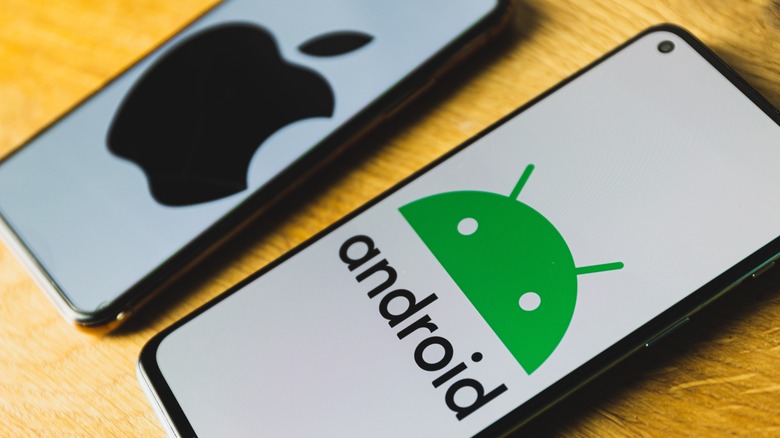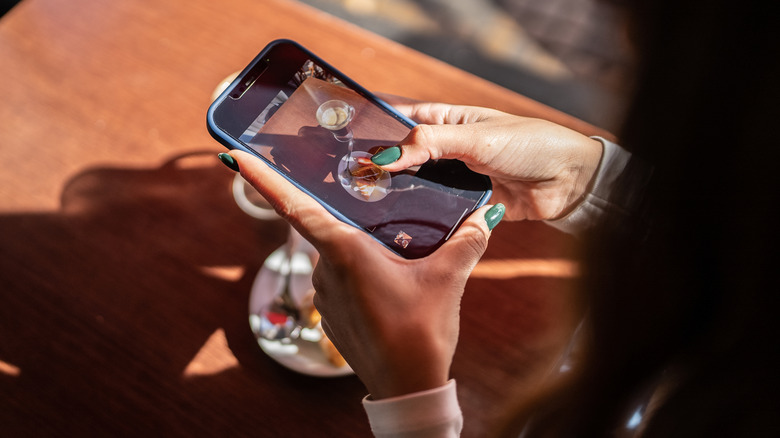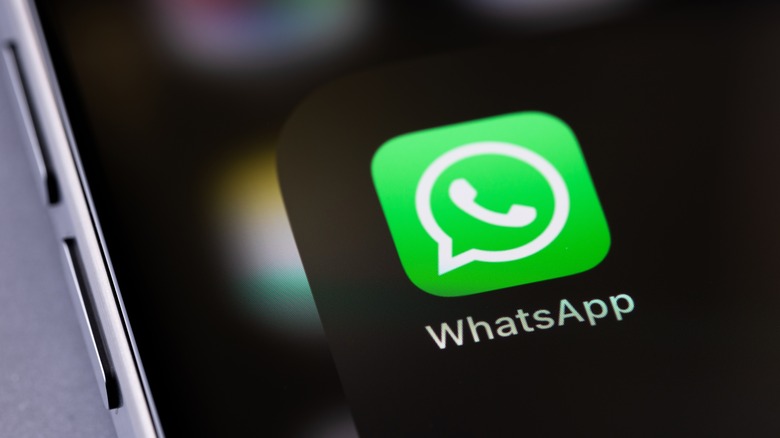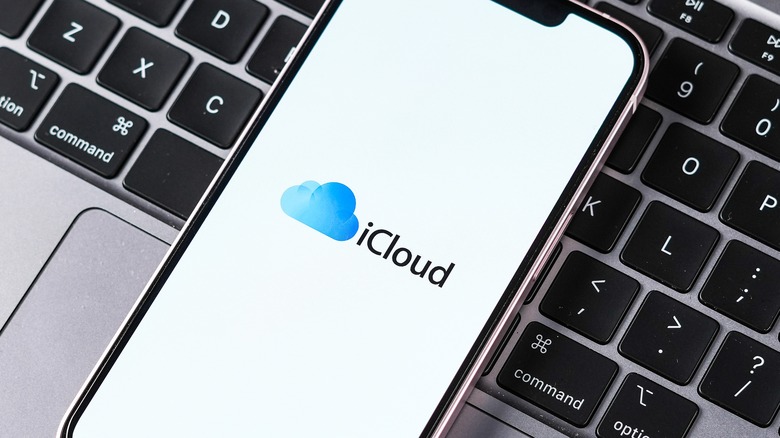Why Pictures And Videos Sent From iPhone To Android Are Blurry (And How To Fix It)
Nowadays, the variety of smartphones at our disposal are as varied and diverse as the people who own them. But as nice as it is to have these seemingly endless phone options to pick from, there are some setbacks to all of this variety to be aware of as well.
There are many things an iPhone can do that Android can't, including Apple-specific communication features like FaceTime or iMessage. On top of that, you may also experience problems trying to send videos or photos between different devices. Of course, photos and videos can still be sent from an iPhone to an Android, but there's a chance that it won't come through as crystal clear as you want it to. No matter how much work went into capturing the image, receiving blurry photos and videos is an extremely irritating but sadly common occurrence for those communicating between iPhone and Android.
Thankfully, the reasoning behind this discrepancy comes down to a simple compression issue and there are a number of solutions to this problem that are easy to execute.
Why are pictures or videos sent between devices blurry?
The reason some photos sent to an Android phone from an iPhone come out blurry comes down to each device's resolution capacity. iPhones have the potential to shoot near cinematic quality videos at 1080p or higher. iMessage is primarily designed to communicate and send media between Apple products, meaning its operating system can handle the specific resolution, image quality, and file type common among these devices. However, many Android devices shoot videos no higher than 720p and aren't able to support such large files. So when something from an iPhone is sent in, the only way it can support the photo or video is by compressing it, resulting in a lower quality, blurry image.
While this is the primary reason behind this issue, there are other notable factors to keep in mind such as data and network limits. Both iPhones and Androids typically send media over the internet to add effects, higher quality images, and other details to messages. But when a video is sent to an Android from an iPhone, it does so through the regular SMS or MMS messaging channels, which do not allow for these fancy effects and higher image quality. Luckily, though, there is a way around this.
Use a third-party messaging app to avoid blurriness
While you can attempt to alter your camera settings or try sending photos through email to reduce blurriness, you'll more than likely still be sacrificing some level of quality (and time) through the process. Rather than wrestling with these methods, a much simpler solution would be to use a third-party messaging app.
There are countless alternative messaging options to choose from, such as WhatsApp, Facebook Messenger, Telegram, Signal, and Viber. Most of these are free and take little effort to setup and connect to your contacts, while also possessing extensive features such as group chatting, video calling, and end-to-end encryption. You'll be pleased to know that many of these apps also do not compress or alter the quality of videos or photos.
This is because these apps don't use SMS or MMS to send media, meaning that even if it's between different devices, the quality of what is sent will remain consistent. In addition to having to make sure whoever you are trying to send media to also has the app installed, one minor downside is that they often require internet or 4G connection to function properly, which might be difficult to access in certain locations. However, time will tell if Apple's much-anticipated RCS messaging its bringing to iOS 18 will standardize image quality across devices.
Try sending messages through a cloud-based service instead
While not everyone may want to download an additional messaging app, one thing that many people already have set up is a cloud-based storage. Keeping photos, videos, and other important files backed up and safe is important for many reasons, with the primary motivator being to have access to your items from a different device. But these platforms have the added benefit of allowing people to send photos and videos with one another at a far greater capacity than most other methods.
Platforms such as Google Drive, Microsoft OneDrive, and Dropbox let you upload various kind of files. However, storage options such as iCloud photos and Google Photos are specifically catered to keeping your photos and videos backed up. In most cases, they are in sync with your camera roll and automatically save your content after being setup, adding extra convenience. You can send your images to the recipient's email address or simply share a folder with them, where they can gain access to it without losing any quality.
The biggest drawback to this method is that since the file isn't being sent as a standard email attachment, the recipient will need special access in order to open and download the image. This means this procedure will require a few extra steps compared to a direct message.



